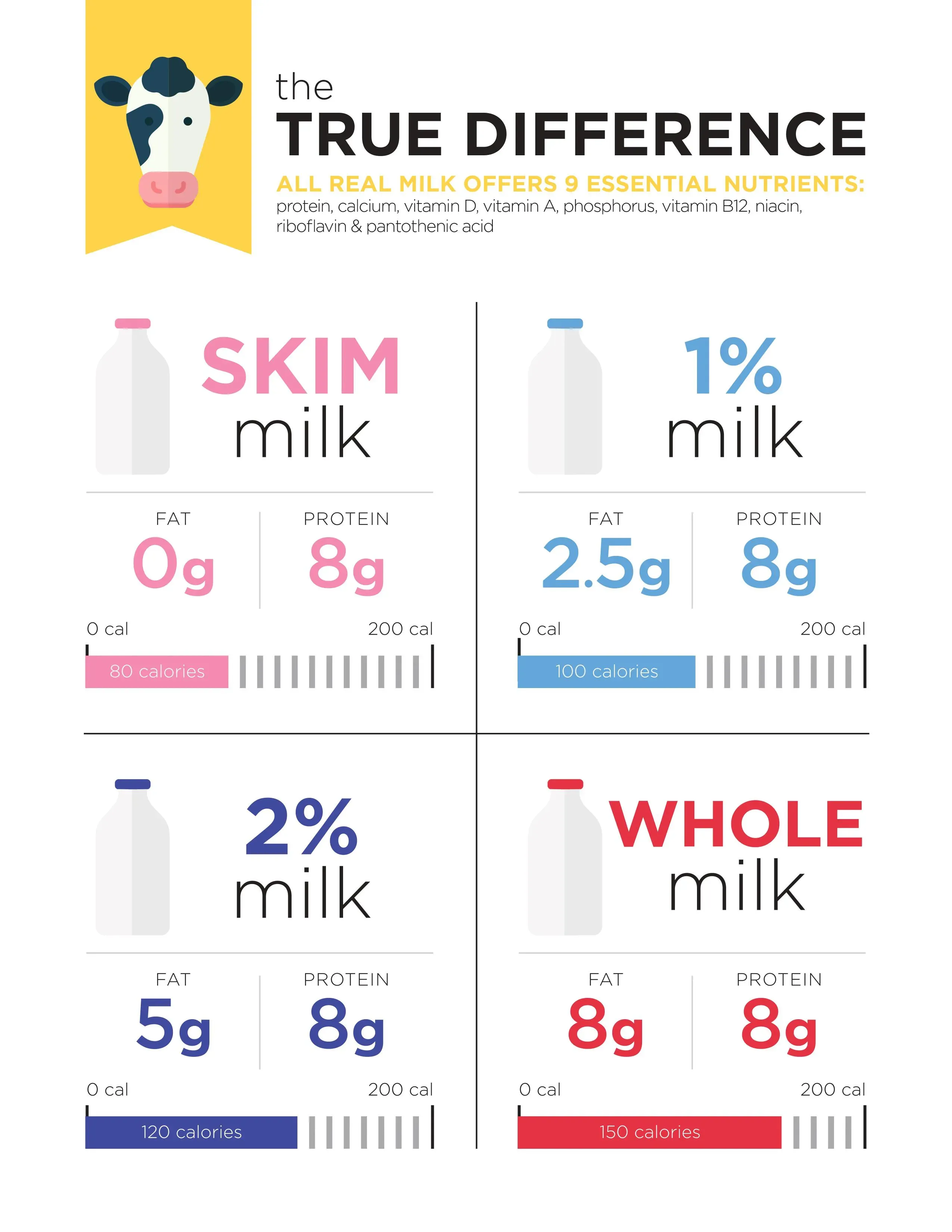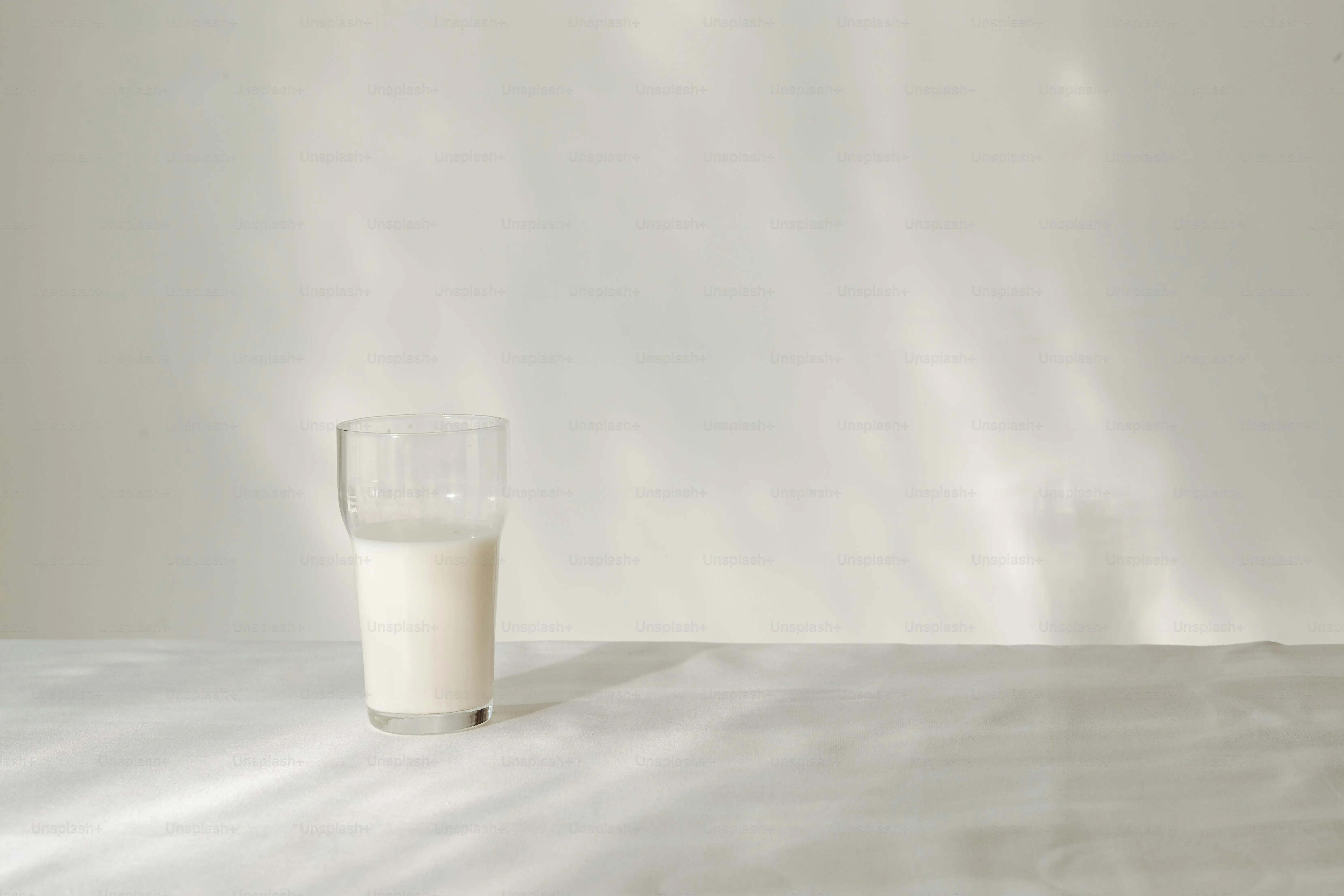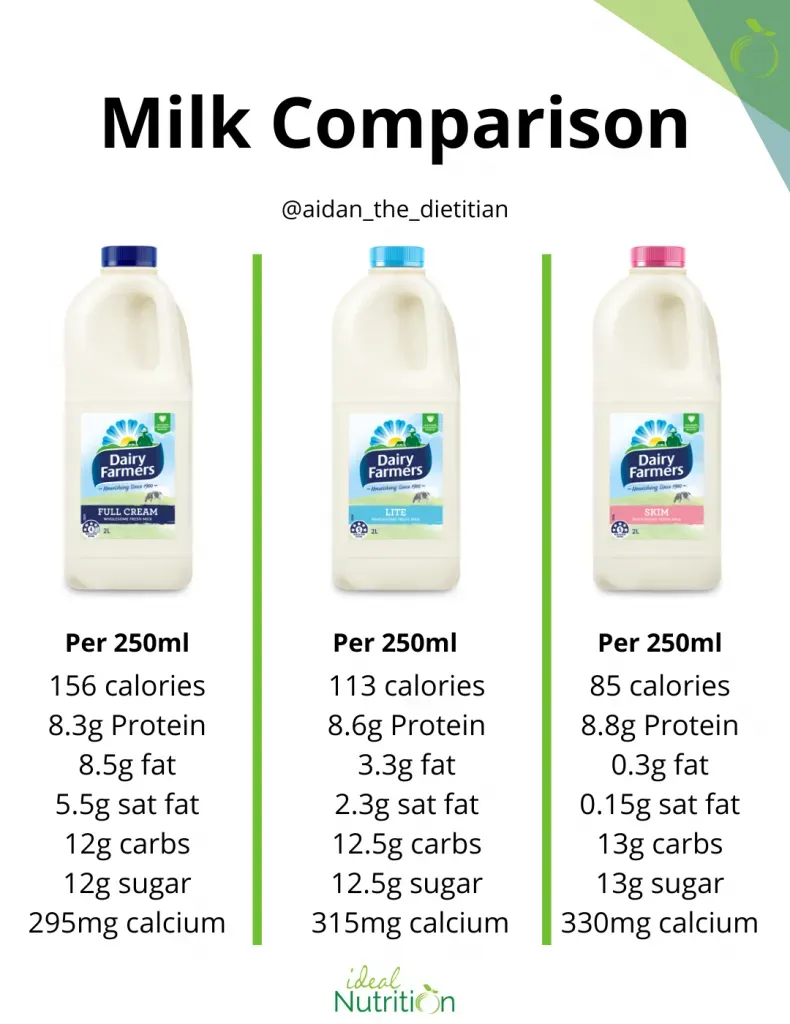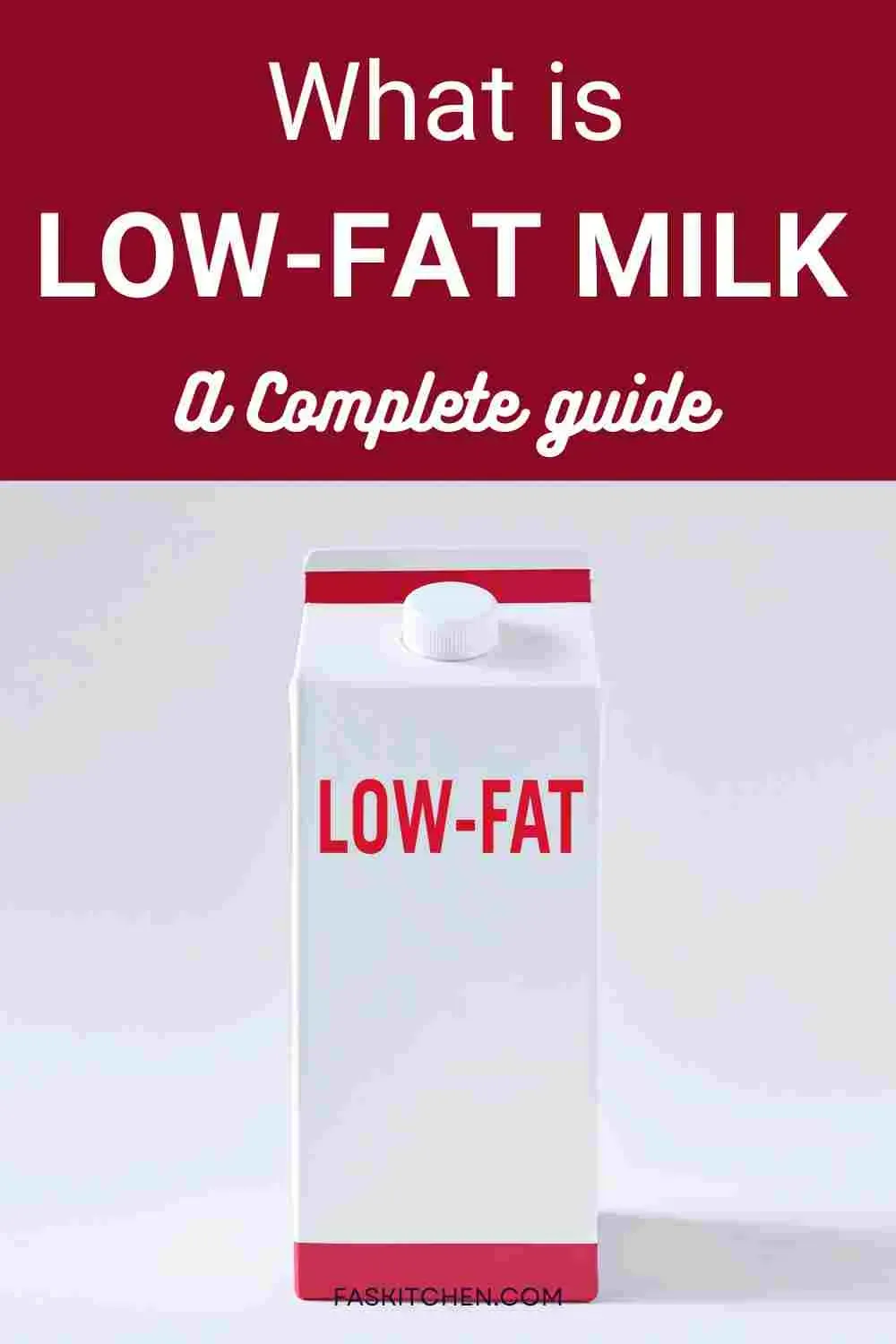Table of Contents
Walk into any dairy aisle and you're faced with a wall of options: whole, 2%, 1%, skim. It's enough to make your head spin, especially when you're trying to figure out the "healthiest" choice. For decades, the go-to advice was simple: less fat equals better. This led to a widespread push towards skim and 1% milk, often lumped under the umbrella of "low-fat." But what is considered low fat milk, really, and does that old advice still hold water? The truth is, the definition is pretty specific, tied directly to the percentage of milk fat by weight. Yet, the conversation around milk fat, particularly saturated fat, has gotten a lot more interesting lately. We're going to cut through the confusion, look at the actual numbers that define low fat milk, explore how it stacks up nutritionally against its creamier cousins, and dive into the evolving science on saturated fat. Forget the marketing hype; let's talk about what's actually in your glass and what it means for your plate.
Understanding What is Considered Low Fat Milk
Understanding What is Considered Low Fat Milk
Cutting Through the Milk Aisle Confusion
Alright, let's tackle the dairy aisle riddle. You see all those cartons lined up, each promising something slightly different. For the longest time, "low fat" was the golden child, pitched as the healthier alternative to whole milk. But what is considered low fat milk under the official rules? It's not just a marketing term slapped on anything with less fat than whole milk. There's a specific standard set by the FDA here in the States. It boils down to the percentage of milk fat by weight. Think of it like a recipe – they take the fat out and then add back a precise amount to hit that target percentage.
The Numbers Game: How Fat Percentages Define Low Fat Milk
So, how do they define it? Whole milk sits at the top with roughly 3.25% milk fat. When you strip some of that out, you get into the "reduced-fat" and "low-fat" categories. Reduced-fat is typically 2% milk fat. What is considered low fat milk specifically? That's the 1% stuff. It's got even less fat than 2%, obviously, but still more than skim milk, which is essentially fat-free, clocking in at less than 0.5%. It's a ladder of fat content, and 1% milk holds the official "low fat" title according to the regulations.
Here's a quick breakdown:
Milk Type | Approximate Milk Fat % |
|---|---|
Whole Milk | 3.25% |
Reduced-Fat Milk | 2% |
Low-Fat Milk | 1% |
Skim/Fat-Free Milk | < 0.5% |
The Numbers: Fat Percentages Defining Low Fat Milk
The Numbers: Fat Percentages Defining Low Fat Milk
Right, so we've seen the whole lineup, from the rich 3.25% whole milk down to the near-zero skim. But when we zoom in on the specific question of what is considered low fat milk, the spotlight lands squarely on the 1% variety. It's not just a little less fat than 2% milk; that 1% mark is the official threshold the FDA uses for labeling something "low fat." Think of it as the middle ground – significantly less fat than whole milk, but still retaining a whisper of that creamy texture that skim milk completely lacks. This precise percentage is key; it's the regulatory line drawn in the sand that defines this category on the carton.
Beyond the Fat: Nutritional Differences in What is Considered Low Fat Milk
Beyond the Fat: Nutritional Differences in What is Considered Low Fat Milk
It's Not Just About Fat: Vitamins and Minerals
so we've nailed down the fat percentages and what is considered low fat milk by the book. But milk is more than just fat and water, right? It's packed with other good stuff. When you start pulling out the fat, you do change the overall nutritional profile, though maybe not as drastically as some folks think for certain things. Milk, regardless of fat level, is a solid source of calcium and Vitamin D (because it's fortified, usually). Riboflavin, phosphorus, Vitamin B12 – they're all still there, doing their thing. The fat-soluble vitamins, like A and D, are naturally present in the fat. So, when you remove fat, those vitamins go with it. That's why lower-fat milks like 1% (what is considered low fat milk) and skim are fortified to bring those levels back up. You're still getting those crucial micronutrients, but the *way* they get there can be different.
Protein Power and Other Macros
Beyond the vitamins, let's talk macros. The protein content in milk stays pretty consistent across the board, whether it's whole, 2%, 1% (what is considered low fat milk), or skim. An 8-ounce glass usually gives you around 8 grams of protein. That's a win no matter which carton you grab. Carbohydrates, mostly in the form of lactose (milk sugar), also don't change much based on fat percentage. The main difference in total calories, outside of the fat itself, comes from... well, the fat. Less fat means fewer calories. Simple math. But the absorption of some nutrients, especially those fat-soluble vitamins we just talked about, *can* be impacted when there's less fat present. Your body needs fat to properly absorb Vitamins A, D, E, and K. So while the milk is fortified, you might absorb them a little less efficiently from a low-fat version compared to whole milk, especially if you're not pairing it with other fats in your meal.
Here's a quick look at some key nutrients per 8oz serving (approximate values):
- Protein: Around 8g for whole, 2%, 1%, and skim.
- Calcium: Roughly 300mg for all types (varies slightly).
- Vitamin D: About 2.5mcg (100 IU) for fortified types (whole milk may have less natural D unless fortified).
- Vitamin A: Around 150mcg RAE for fortified types.
- Calories: Varies significantly based on fat (Whole: ~150, 2%: ~120, 1%: ~100, Skim: ~80).
The Saturated Fat Question: Rethinking What is Considered Low Fat Milk
The Saturated Fat Question: Rethinking What is Considered Low Fat Milk
Did We Fear Saturated Fat Too Much?
For decades, the dietary guidelines hammered home one message: saturated fat is bad, full stop. This led directly to the push for fat-free and low-fat everything, including the widespread adoption of what is considered low fat milk. The thinking was simple: saturated fat raises cholesterol, and high cholesterol causes heart disease. Therefore, cut saturated fat wherever you can. Milk, with its saturated fat content, became a prime target. Out went the whole milk, in came the 1% and skim. It seemed logical at the time, a clear path to better health paved with reduced-fat options. But science rarely stays put, and what we thought we knew about saturated fat, especially the kind found in dairy, has started to look a little less black and white.
Dairy Fat: Not the Same Old Story?
Turns out, not all saturated fats behave the same way in the body. The matrix of dairy fat, contained within milk, seems to interact differently than saturated fat from, say, a cheeseburger or a pastry. Recent studies and reviews are challenging the direct link between saturated fat in dairy and heart disease risk. Some research suggests dairy fat might even have a neutral or slightly positive effect. It can increase LDL (the "bad") cholesterol, yes, but it also tends to increase HDL (the "good") cholesterol. Plus, dairy contains a complex mix of fatty acids and other compounds that might influence health outcomes in ways we're only just starting to fully grasp. So, while what is considered low fat milk became the standard bearer for "healthy" milk, the evidence suggests whole milk's fat content might not be the dietary demon it was once painted to be.
Making Your Choice: Is What is Considered Low Fat Milk Best?
Making Your Choice: Is What is Considered Low Fat Milk Best?
Does "Low Fat is Best" Still Apply?
Alright, so after wading through the fat percentages and the whole saturated fat saga, we land here: is what is considered low fat milk (the 1% stuff) automatically the best choice for everyone? The short answer, like most things in nutrition, is a resounding "it depends." The old dogma that less fat equals healthier, particularly when it comes to dairy, is looking pretty shaky based on newer research. Simply grabbing the 1% carton because it says "low fat" might not align with the latest understanding of dairy's role in a healthy diet. It's not inherently *bad*, mind you, but the idea that it holds some universally superior health status over, say, whole milk, is where the conversation gets interesting and moves beyond just counting fat grams.
Weighing Taste, Calories, and Your Plate
Choosing your milk isn't just an academic exercise in nutritional science; it comes down to practical stuff too. Taste matters, right? Some people find what is considered low fat milk (the 1%) a decent compromise between the richness of whole and the watery nature of skim. Others miss that creamy mouthfeel entirely. Then there are the calories. Yes, 1% milk has fewer calories per glass than whole milk, which can be a factor depending on your overall calorie goals. But consider the bigger picture: what else are you eating? Are you pairing that milk with a nutrient-dense meal, or is it going into a sugar-laden cereal? The impact of dairy fat seems to be influenced by the food matrix it's in and your overall dietary pattern. Some studies even suggest that full-fat dairy consumption is linked to lower risks of metabolic syndrome and type 2 diabetes, which definitely throws a wrench in the old "low fat or bust" mentality surrounding what is considered low fat milk.
So, when you're standing in the dairy aisle, ask yourself:
- Does the taste difference matter to me?
- How does the calorie difference fit into my daily intake?
- What does the rest of my diet look like?
- Am I just defaulting to "low fat" because I think I should?
The Bottom Line on What is Considered Low Fat Milk
So, what is considered low fat milk? Officially, it's milk with 1% or 2% milk fat by weight. Skim milk, with less than 0.5%, is technically fat-free. While government guidelines pushed these lower-fat options for years, the science isn't quite as black and white as it once seemed. Emerging research suggests the saturated fat in dairy might not be the dietary villain it was painted to be, and some studies even link full-fat dairy to better health markers for certain people. Ultimately, the choice between whole, low-fat, or skim isn't just about a single nutrient percentage. It's about how milk fits into your overall diet and lifestyle. Don't just blindly grab the 1% because you were told to decades ago; consider the whole picture.
